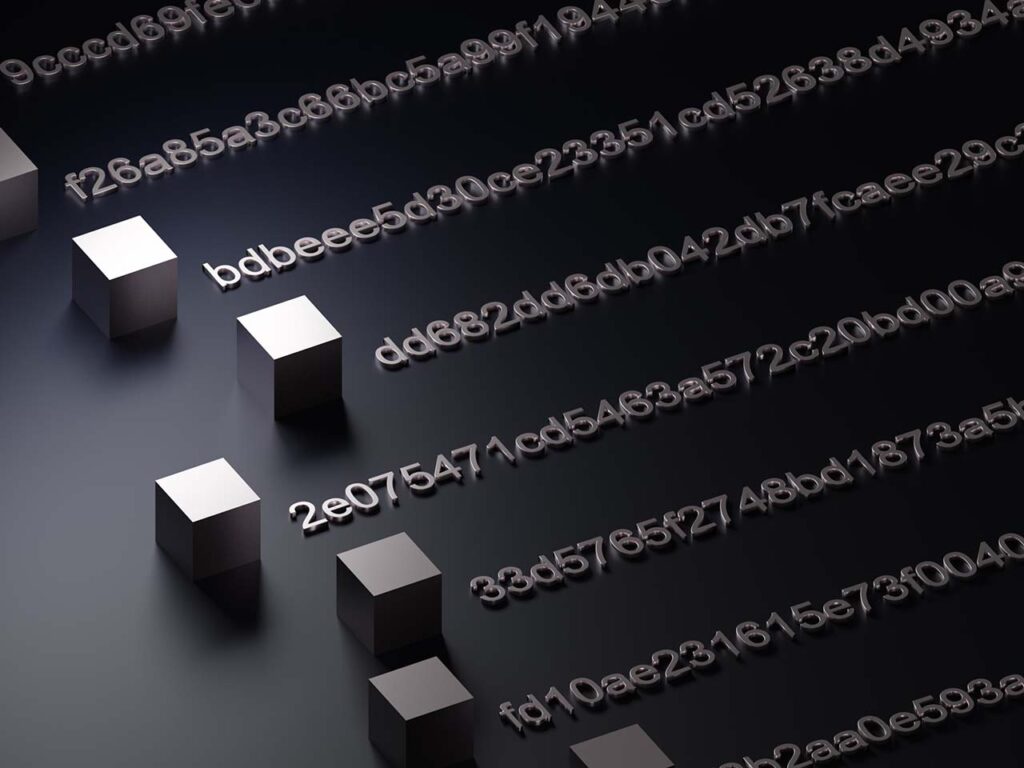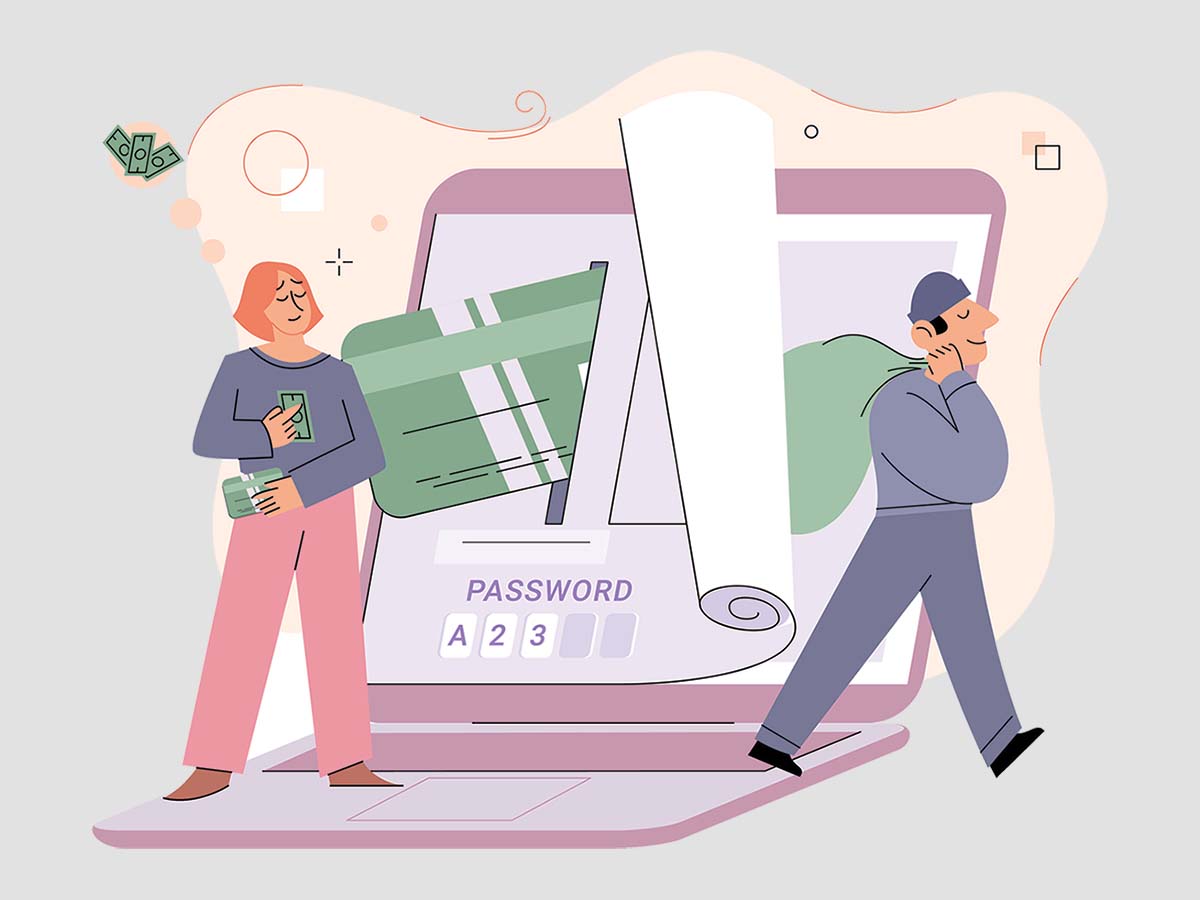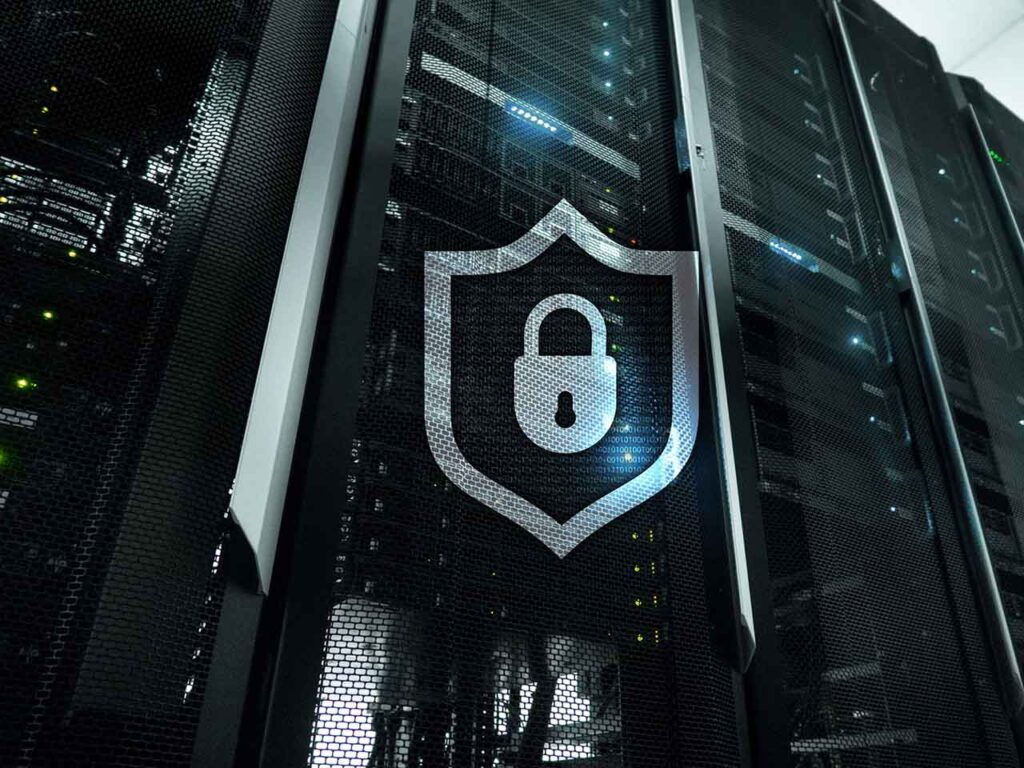An asset, within cybersecurity, refers to any data, device, or other component of the environment that supports information-related activities. Assets generally include hardware like servers and computers, software like business applications, data like customer information, and infrastructure like networking and power equipment. It’s noteworthy to mention that people, procedures, and locations are also considered valuable assets.
Asset Examples
1. A Laptop
An employee’s laptop can be considered an important asset for any organization, especially when it contains sensitive company information. Everything from strategic plans to client data might be stored on this device, which holds not only material value, but also intellectual value for the company. Hence, protecting this asset from potential security threats becomes very crucial. For instance, in the event of a cybersecurity attack, if the laptop is compromised, it can lead to significant loss to the company – both in terms of financial impact and potentially damaging the company’s reputation.
Stay One Step Ahead of Cyber Threats
To safeguard such assets, organizations often implement strict security protocols. This could include measures like having complex passwords, using secure networks, implementing regular security updates and patches, and educating employees on the importance of following these protocols to protect the valuable information stored on the device. If these guidelines are followed diligently, the company assets remain secure, ensuring smooth and secure operation of the business.
2. Proprietary Software
Proprietary software is another terrific example of an asset in cybersecurity. This entails any software that is exclusively owned and used by a particular company. It is specifically designed and coded to meet the unique needs of the business, thus playing a vital role in the operations, efficiency and productivity of the organisation. Moreover, such software could include unique algorithms, operational methods or business logic that give the company a competitive edge in the marketplace.
Due to this uniqueness and dependency, protecting proprietary software becomes very crucial. Any breach or compromise could be severely detrimental, hurting the company’s market standing, disrupting operations or causing financial losses. The security measures for this could include enforcing strong access control strategies, keeping the software up-to-date with latest security patches and employing intrusion detection and prevention systems. Above all, a well-formulated response plan in the event of a potential breach is always wise to have.
3. Customer Database
A customer database is another prime example of an asset in cybersecurity. This database typically contains valuable pieces of customer information, ranging from basic contact information like names and addresses, to more sensitive data such as personal identifiers or financial transaction history. These databases are key resources for the company, enabling them to understand their customer base, identify trends, and tailor their marketing strategies accordingly.
Given the sensitive nature of the data stored, securing this asset is crucial. A single data breach could lead to heavy penalties for data protection law violations, lost clients, and a damaged reputation. Measures to ensure its security can encompass encryption of sensitive data, ensuring robust access controls, and having stringent data backup and recovery mechanisms in place. With appropriate attention to these security aspects, companies can assure their customers about their data’s safety and uphold their own credibility in the market.
Conclusion
In the realm of cybersecurity, assets take many forms, such as hardware, software and data, each playing a vital role in the operations and success of a business. Safeguarding these assets with adequate security measures is essential to maintain a secure, trustworthy and efficient business environment.
Key Takeaways
Related Questions
1. What is a digital asset in cybersecurity?
A digital asset in cybersecurity refers to any data or information that is stored in digital form. This could include files, databases, digital images, or even digital processes.
2. How can an organization identify its assets for cybersecurity planning?
An organization can identify its assets through a comprehensive asset inventory process, which includes identifying and documenting all hardware, software, data and other resources, along with their importance in business operations.
3. Why is asset management important in cybersecurity?
Asset management is important in cybersecurity because it helps organizations understand what they need to protect, prioritise security resources, and develop effective strategies for mitigating risks.
4. What are some security measures taken to protect assets?
Some security measures include enforcing strong access control policies, encrypting sensitive data, keeping software up-to-date with the latest security patches, and having a robust data backup and recovery mechanism.
5. Can people be considered as an asset in cybersecurity?
Yes, people are considered an asset in cybersecurity. Employees can either be the weak point that hackers exploit or the strong point that helps maintain robust cybersecurity defenses, depending on their training and awareness of security best practices.
"Amateurs hack systems, professionals hack people."
-- Bruce Schneier, a renown computer security professional





